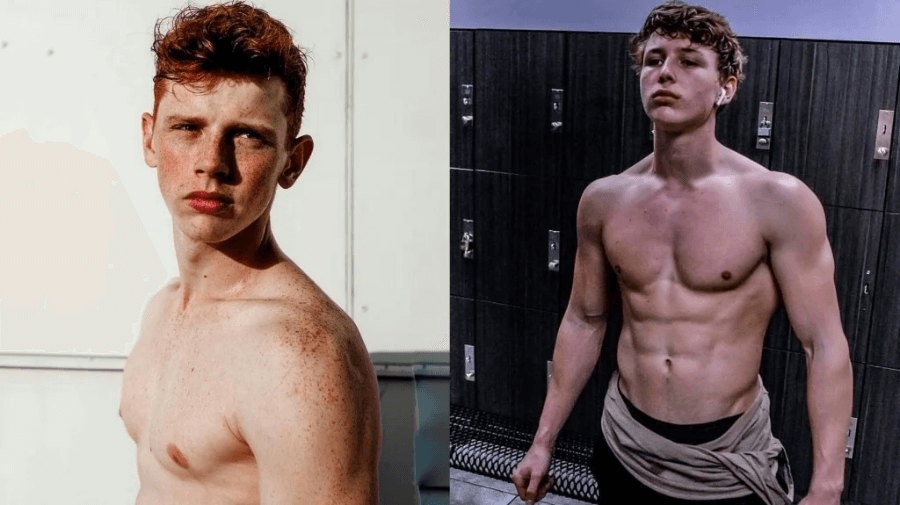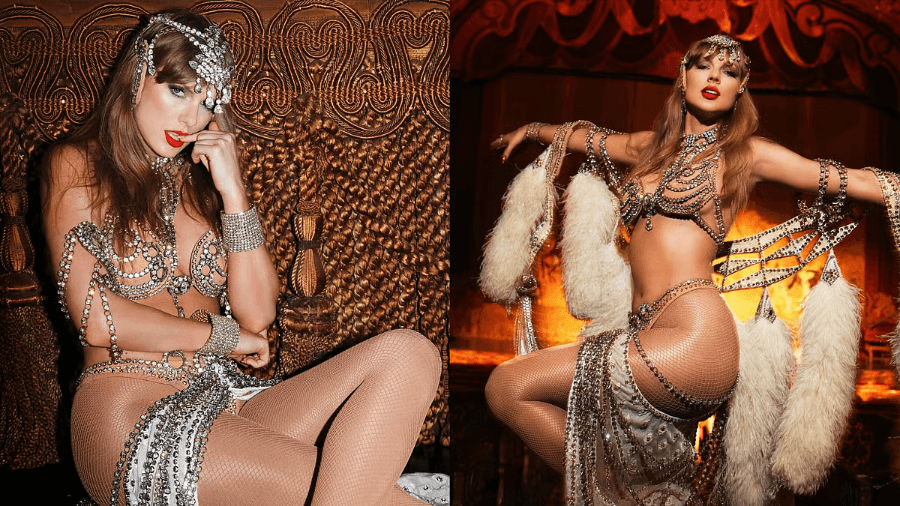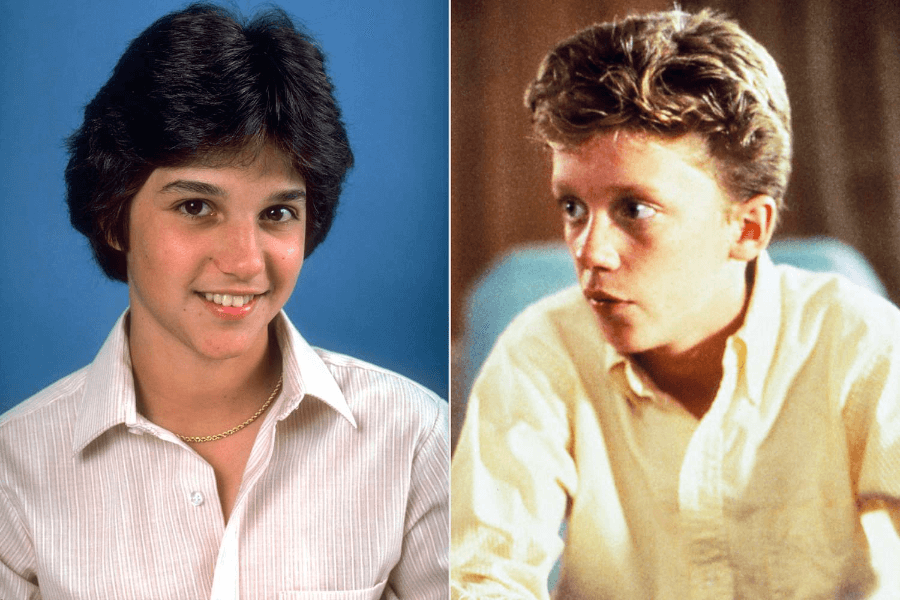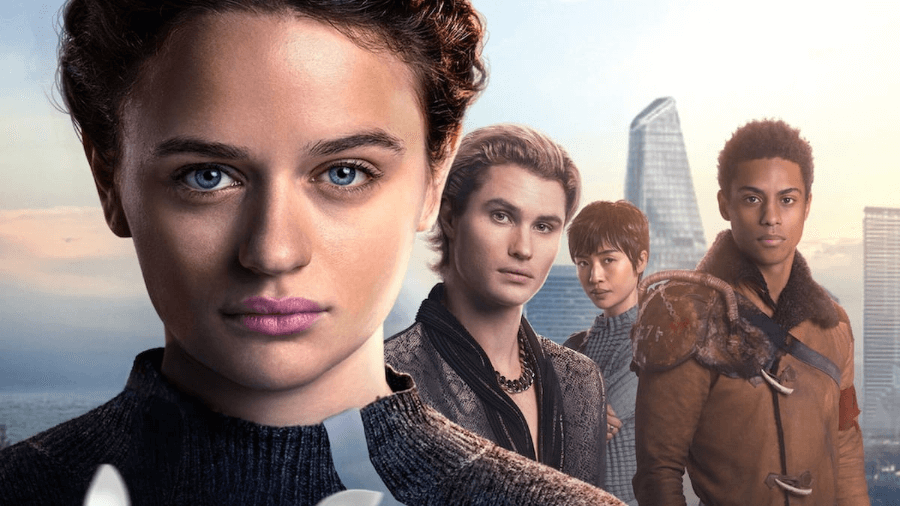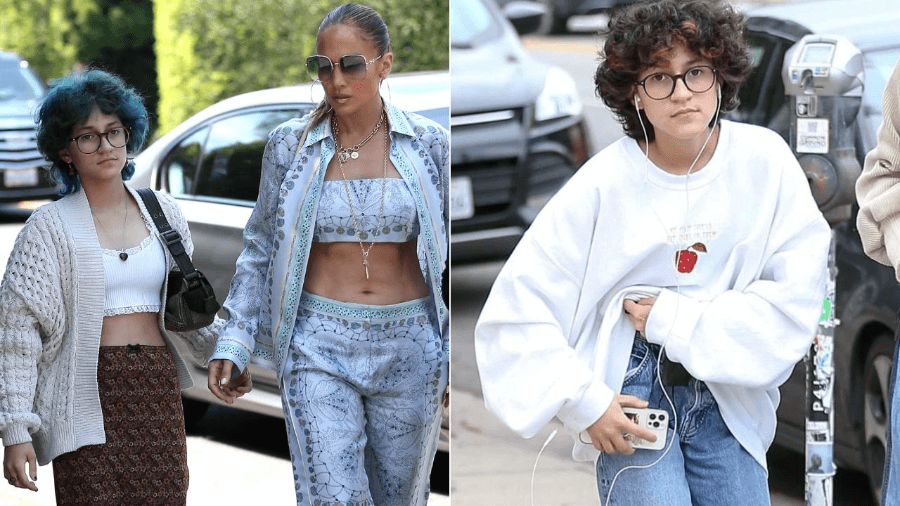📑Table of Contents:
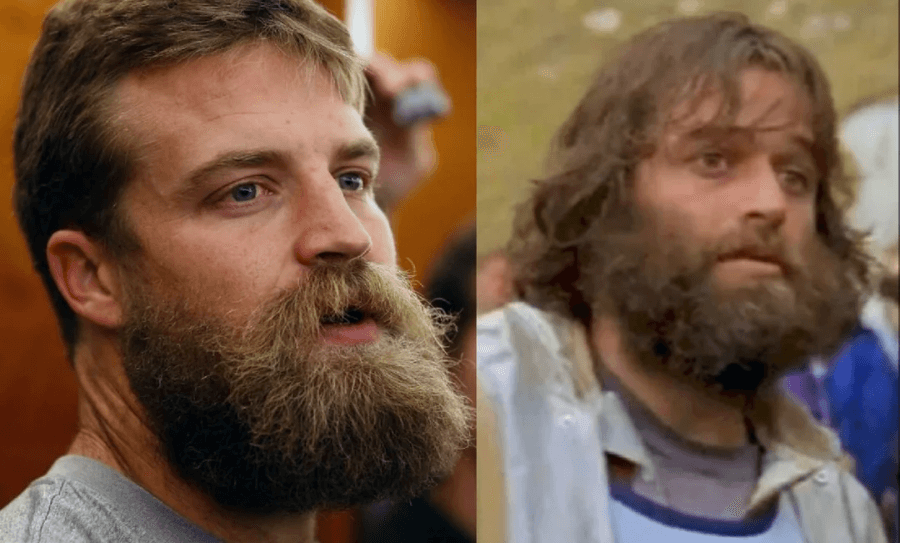
The Happy Gilmore movie gave fans unforgettable laughs and quirky moments. But beyond Adam Sandler’s wild golf swings, one small detail always stood out — Happy Gilmore’s caddy. The caddy might not speak much, yet his presence shaped several iconic scenes. Fans still wonder who that kid was and how his role evolved through the Happy Gilmore universe. With the sequel, Happy Gilmore 2, the caddy story comes full circle.
The First Caddy: Jared Van Snellenberg
In the 1996 classic, Happy’s first caddy was a young blond kid at the Waterbury Open. He was portrayed by Jared Van Snellenberg, a Canadian teen who had no idea that his few minutes of screen time would become a cult topic decades later.
Jared’s caddy character didn’t even have a name. But his nervous reactions, awkward silence, and attempts to please Happy made him memorable. Fans loved how Happy yelled, the kid froze, and chaos followed. That simple interaction added humor and realism to the story.
💪🏻During filming, Jared was only 14. His scenes were shot quickly, yet his character stuck in everyone’s memory. Later, fans discovered that Jared left acting soon after Happy Gilmore and pursued a completely different path. He studied psychology, earned a Ph.D., and became a neuroscience researcher. His transformation from Hollywood to academia amazed everyone.
This background makes his small role even more fascinating. The young caddy who once carried Happy’s clubs now carries out brain research at Stony Brook University. That twist feels straight out of a movie itself.
The Homeless Caddy (Otto)
After the Waterbury Open, Happy gets a new caddy — Otto, the homeless man. Otto isn’t polished or professional, but he’s loyal. His scruffy look, calm reactions, and random wisdom contrast with Happy’s hot temper.
Otto becomes an unsung hero. He supports Happy during breakdowns, laughs at the madness, and stays around even when things get ugly. In a movie filled with exaggerated characters, Otto brings heart. He proves that even the most unexpected people can become loyal allies.
Through Otto, the film also explores humility. Golf, a sport often seen as elite, suddenly gets a homeless caddy who outshines arrogant pros. That contrast helped audiences root for Happy even more.
What the Caddy Symbolized
Happy’s caddies weren’t just comic props. They symbolized humanity. Golf represented control and discipline, but Happy was chaos. The caddies reflected his need for grounding. They listened, absorbed his anger, and still showed up the next day.
Their silence carried meaning. Each caddy represented patience in the face of Happy’s rage. Through them, viewers saw growth. Happy learned empathy and restraint — not from pros or rivals, but from the quiet people beside him.
The caddy also symbolized connection. In a sport that’s usually individualistic, Happy’s partnerships showed teamwork, even in small ways. That dynamic made the movie relatable to golf fans and beyond.
The Sequel: A New Era with Oscar
When Happy Gilmore 2 was announced for Netflix, fans wondered who would play the new caddy. The answer surprised everyone. The role went to Benito Antonio Martínez Ocasio, better known as Bad Bunny.
Bad Bunny plays Oscar Mejías, a busboy who accidentally becomes Happy’s caddy. He’s inexperienced, funny, and eager to learn. At first, he messes up everything. But his enthusiasm wins over the audience. As the story unfolds, Oscar transforms from a clueless rookie to a trusted partner.
This casting choice reflects a modern approach. In the ‘90s, the caddy was mostly background. Now, he’s part of the emotional story. Oscar’s journey mirrors Happy’s — learning from failure, adapting, and proving yourself through hard work.
Moreover, using a pop culture icon like Bad Bunny bridges generations. Younger viewers who know him from music now connect with an older comedy legacy. It’s a clever move that keeps Happy Gilmore relevant.
Nostalgia and Cameos
Netflix’s sequel also brings back familiar faces. One of the most exciting callbacks is the nod to Jared Van Snellenberg’s original caddy. In Happy Gilmore 2, a pro golfer named Will Zalatoris briefly appears and jokes about once being “that blond kid.” It’s a fun Easter egg for long-time fans.
This small moment connects old and new. It honors the original without relying solely on nostalgia. It also shows how the creators understand fan culture. Audiences love continuity, and this wink at the past makes them feel included.
The movie also brings back classic humor — wild swings, fistfights, and outrageous rivalries — but adds depth through characters like Oscar. That’s how the sequel balances old-school charm with new energy.
Why the Caddy Story Still Works
The caddy storyline in Happy Gilmore endures because it’s universal. Everyone has played the role of a helper at some point — quiet, overlooked, yet essential.
In the first film, the caddy endured yelling and chaos but stayed loyal. In the sequel, Oscar gets a chance to grow. Together, they show how mentorship evolves. The role that once symbolized silence now stands for transformation.
Additionally, the caddy’s evolution mirrors changes in comedy itself. The 1996 version used slapstick and absurdity. The new version adds emotional beats and character growth. Both work because they capture different eras of humor.
The Real-Life Journey of the Actors
Jared Van Snellenberg’s life after Hollywood is proof that fame doesn’t define you. While some child actors chase more roles, Jared pursued knowledge. He became a scientist, published academic research, and stayed far from the spotlight.
Bad Bunny, on the other hand, entered acting after global music success. His crossover into film shows how entertainment has changed. Artists now move freely between music, movies, and sports. That flexibility keeps audiences engaged.
Both stories prove that success takes many forms. Whether in labs or on tour stages, creativity thrives when passion leads.
Lessons from the Happy Gilmore Caddy
There’s something deeper in the caddy’s journey. It’s about humility, growth, and staying grounded. In life, we all need someone who carries the weight when things get heavy.
Happy often loses control, but his caddies keep him in check. They remind him to breathe, laugh, and keep going. Their presence teaches patience — a lesson as valuable as any trophy.
The caddy also represents the idea that every role matters. Even a silent one can change a story’s direction. That’s why fans still talk about Jared’s short appearance decades later.
A Look Toward the Future
With Happy Gilmore 2, Netflix breathes new life into an old classic. The caddy’s evolution symbolizes that even small characters can spark big emotions. And as audiences rediscover the franchise, they’ll see how much heart sits behind the comedy.
Maybe the next film will expand Oscar’s role even more. Or perhaps we’ll see new faces learning from him. Either way, the caddy’s story isn’t over. It keeps evolving — just like Happy himself.
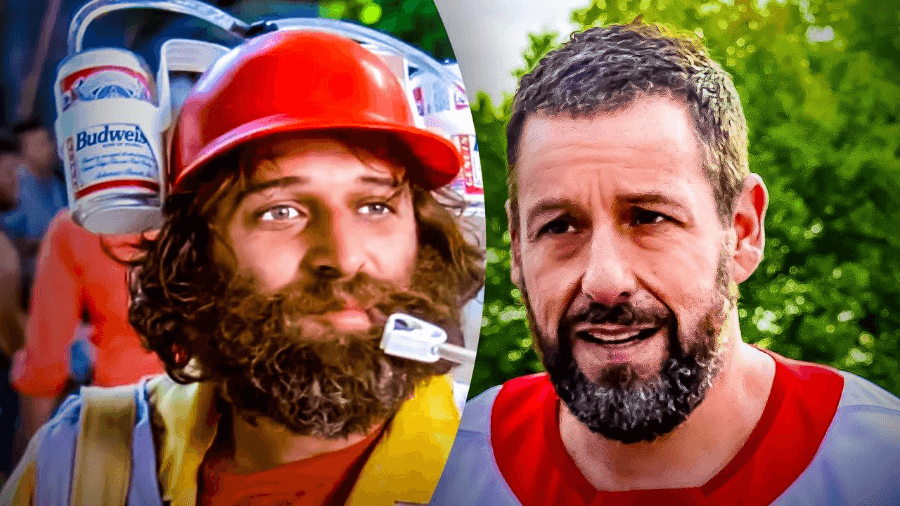
Final Thoughts
The Happy Gilmore caddy began as a nameless boy and became a fan-favorite mystery. Then came Otto, who added loyalty. Now, Oscar brings warmth, humor, and a fresh spark. Together, they represent decades of laughter and growth.
From a small background character to a symbol of perseverance, the caddy’s story shows that no role is too small to make an impact. He carried more than golf clubs — he had lessons about patience, humility, and second chances.
So when you rewatch Happy Gilmore, pay attention to the person walking beside Happy. That quiet caddy might steal the show.
